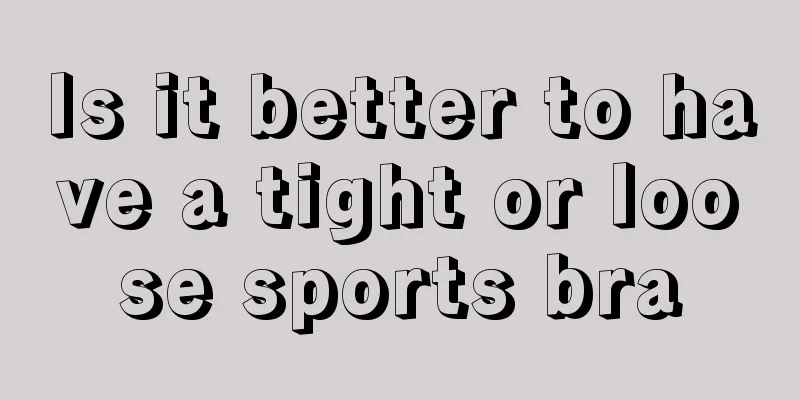Rupture of aorta

|
Blood is the most important part of the human body. Once blood disease occurs, timely treatment is needed. The aorta is the main blood artery in the human body. If injured, it can be life-threatening, so you need to be careful not to injure the aorta no matter what you do. But sometimes people cannot predict what will happen to them, so what should they do if an aorta ruptures? Aortic dissection is the result of the interaction between abnormal aortic media structure and abnormal hemodynamics. When the aorta is structurally abnormal, it is prone to aortic rupture. Common factors include: Marfan syndrome, congenital cardiovascular malformations, idiopathic aortic media degeneration, aortic atherosclerosis, aortic inflammatory disease, etc. The well-known American female volleyball player Hyman and male volleyball player Zhu Gang both fell on the sports field due to these reasons. When hemodynamics changes, it is also easy to cause damage to the arterial wall. The most common cause is hypertension, and almost all patients with aortic dissection have poorly controlled hypertension. In other words, the control of hypertension has a comprehensive impact on the prevention, treatment, and prognosis of aortic dissection, and is the most basic and most important means of treatment and prevention. Pregnancy is another high-risk factor, which is associated with hemodynamic changes during pregnancy. Among women who develop the disease before age 40, 50% occur during pregnancy. The male to female incidence ratio of aortic dissection is 2 to 5:1; the common age of onset is 45 to 70 years old, and the youngest patient reported so far is only 13 years old. There are currently two main classification methods in medicine based on the location of the intimal rupture of aortic dissection and the extent of the dissection. The most widely used is the three-type classification proposed by Professor DeBakey et al. in 1965. Type I: Aortic dissection involves the ascending aorta, the descending aorta and even the abdominal aorta. Type II: Aortic dissection involves only the ascending aorta. Type III: Aortic dissection involves the descending aorta. If it does not involve the abdominal aorta downward, it is type IIIA; if it involves the abdominal aorta downward, it is type IIIB. In 1970, Professor Daily of Stanford University and others proposed another classification method based mainly on the location of the proximal intimal tear: Stanford type A: equivalent to DeBakey types I and II, Stanford type B: equivalent to DeBakey type III. |
>>: Causes of cold hands and feet and headaches
Recommend
Can a father's children inherit gallbladder cancer?
Some patients with gallbladder cancer and their f...
Introduction to the treatment of testicular cancer
Although the incidence of testicular cancer is no...
Can surgery really cure cervical cancer? What are the misunderstandings about the treatment of cervical cancer
Cervical cancer is one of the common malignant tu...
Can stink bugs be eaten
The stink bug is a type of insect, a small hard-s...
What is the reason for fever at the fracture site
When it comes to fractures, many people don't...
The role of branched-chain amino acids
Branched-chain amino acids are further divided in...
What is the normal muscle ratio
What is the muscle ratio that means our weight is...
What causes sweaty feet
I believe that many people have the habit of swea...
What is lung cancer related to? These are the main causes of lung cancer
In fact, most cases of lung cancer are caused by ...
Suitable population and selection principles for cryosurgery of renal cancer
With the advancement of medical technology, inter...
What causes frequent urination, scanty urination and yellow urine?
In daily life, there are many people with yellow ...
Cost of surgery for advanced esophageal cancer
The cost of surgical treatment for advanced esoph...
What causes cold knees?
Whenever the weather gets a little colder, many p...
My eyes hurt from using the fan
A fan blowing towards your eyes may cause dryness...
What are the ways to prevent nasopharyngeal cancer?
Nasopharyngeal cancer is mainly caused by mental ...









